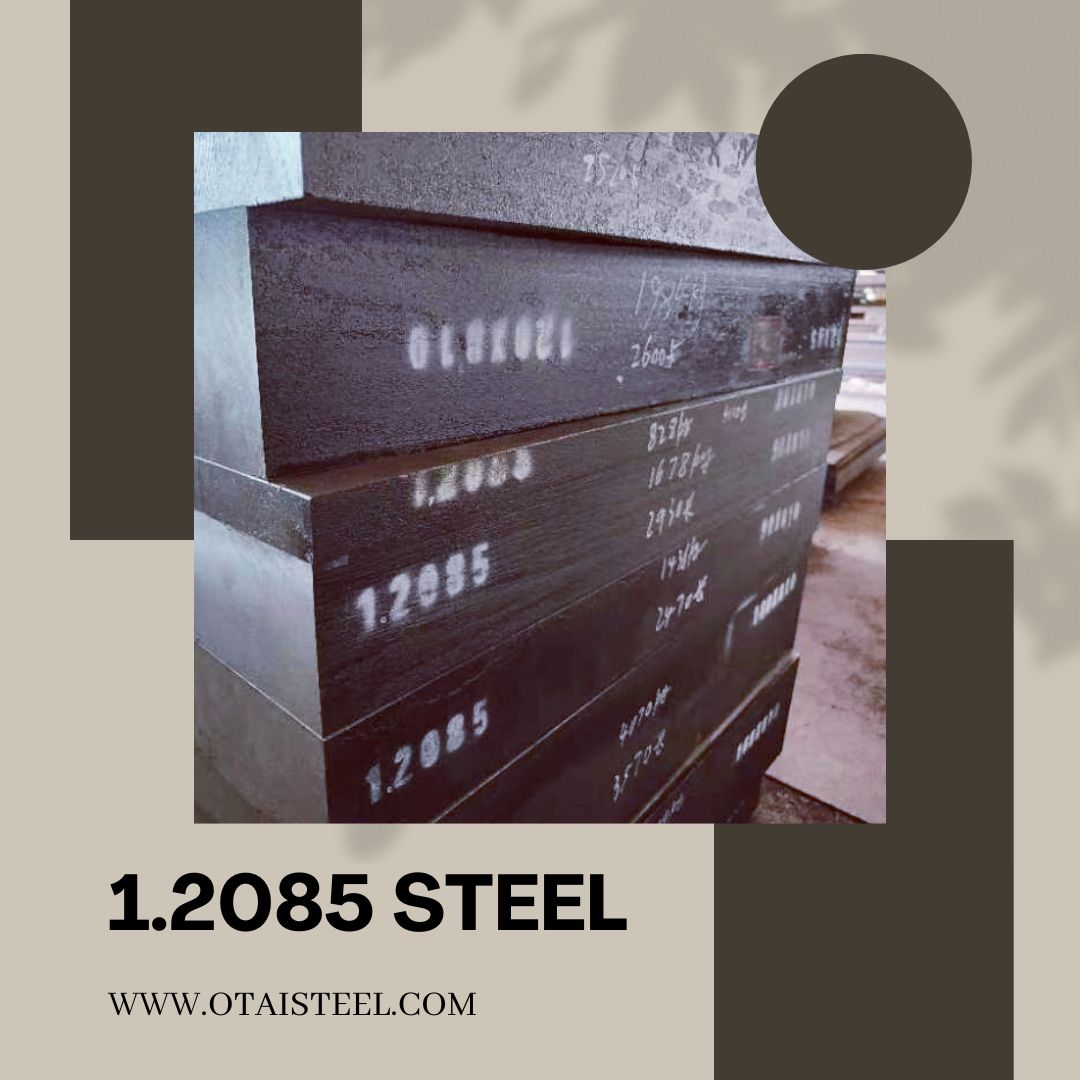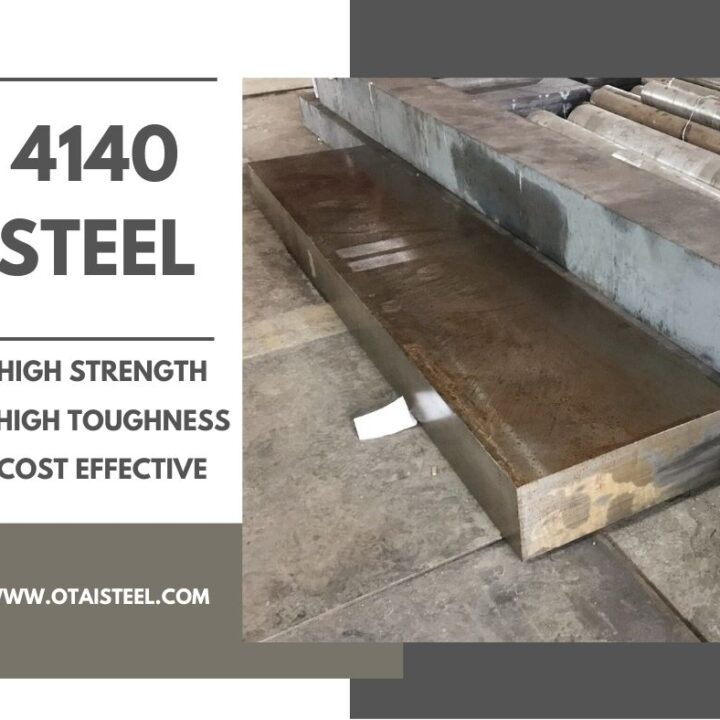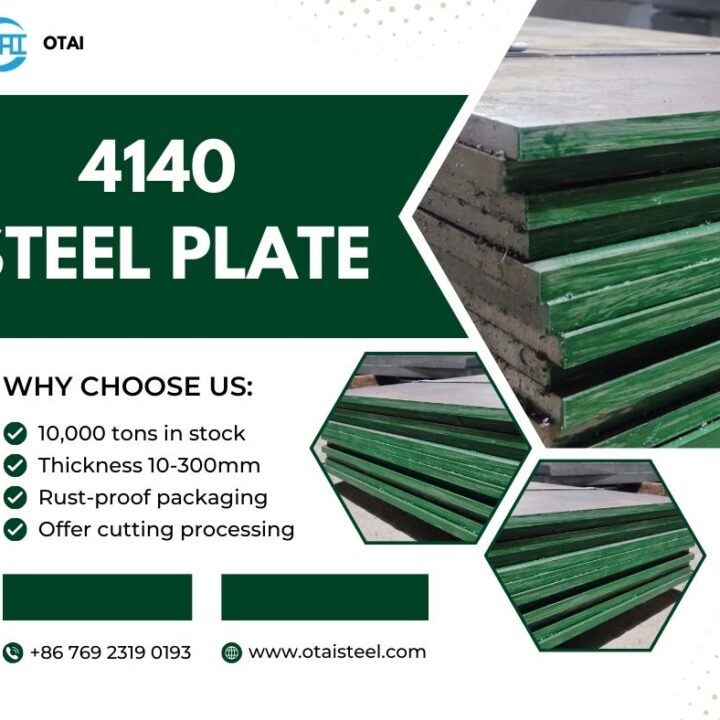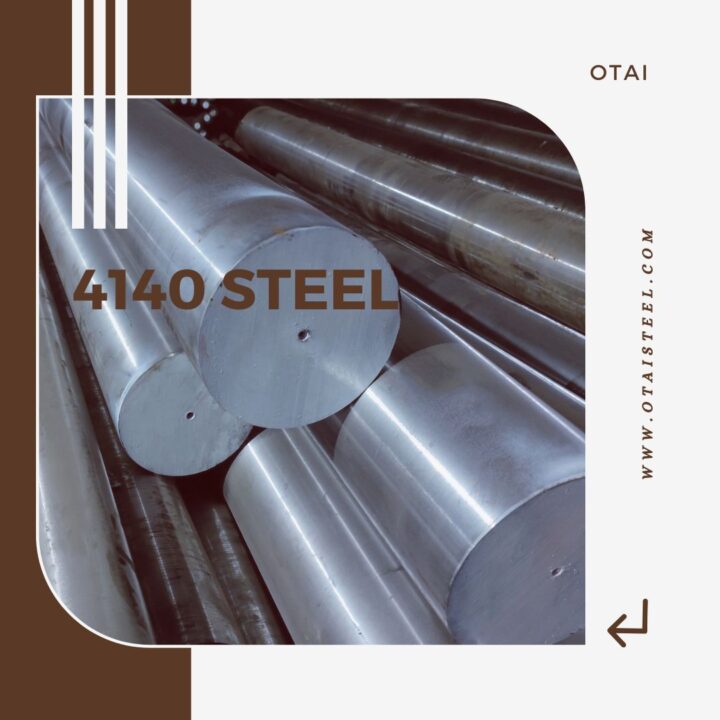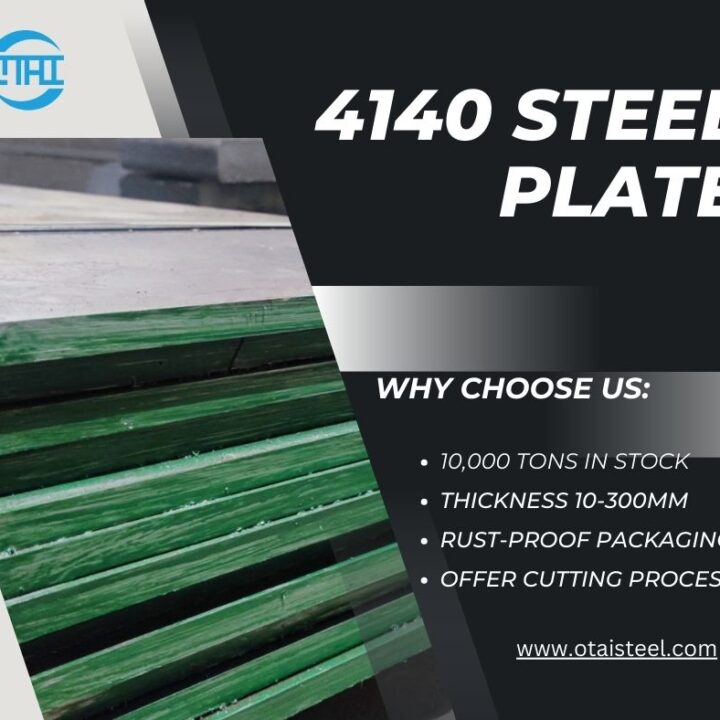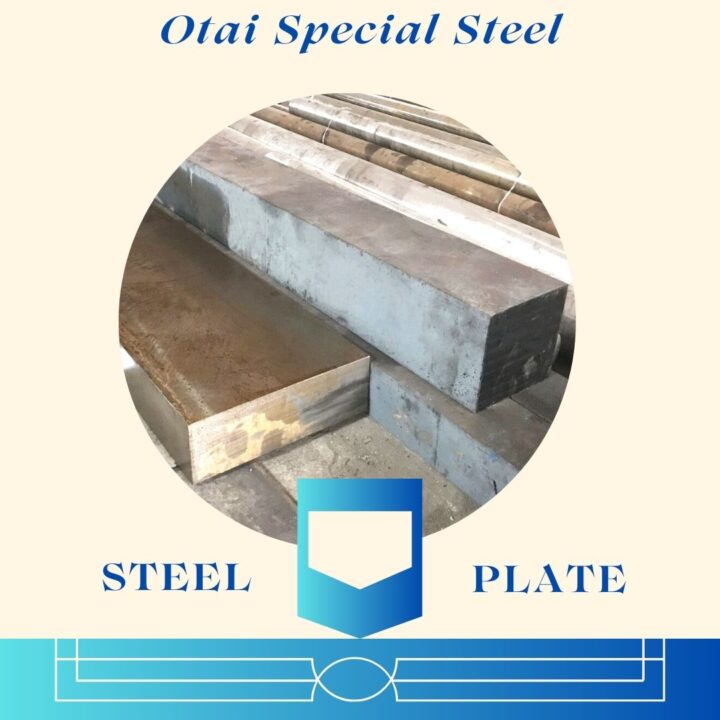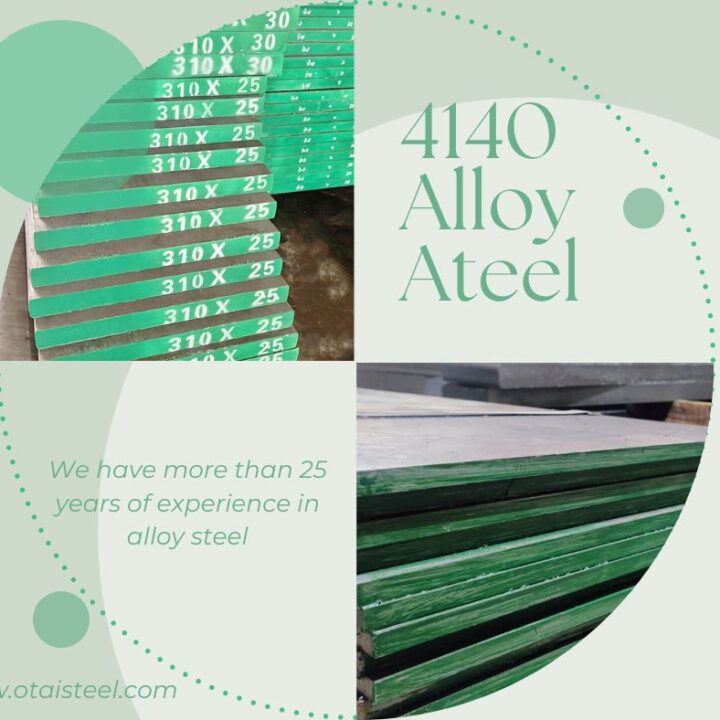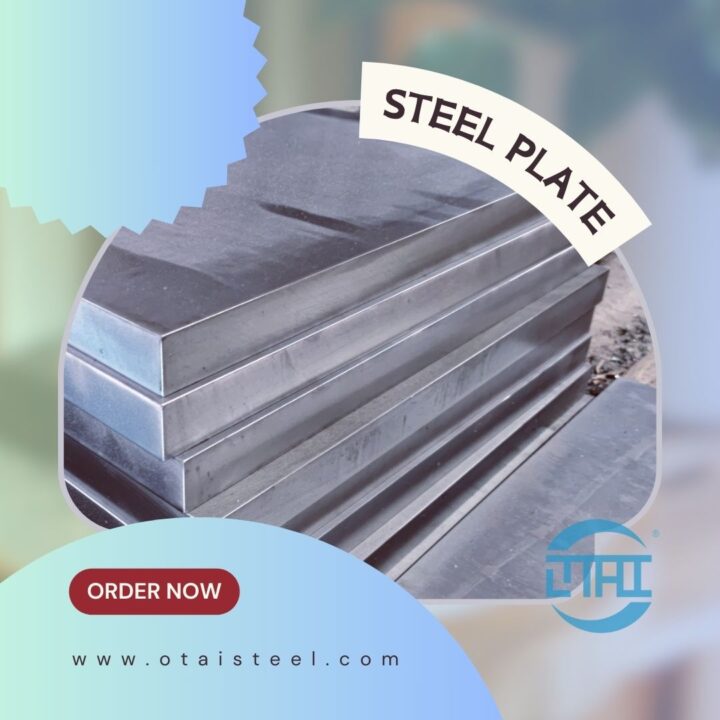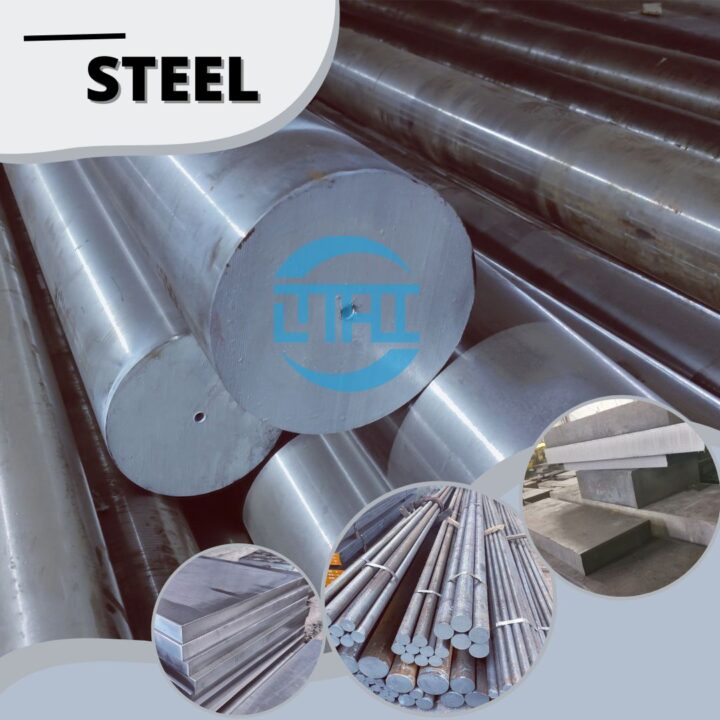Steel is the backbone of various industries, and understanding its hardness properties is crucial for selecting the right material for specific applications. In this article, we’ll dive into the world of 1.2085 steel hardness, its characteristics, and its diverse range of applications.
What is 1.2085 Steel?
Before delving into hardness, let’s briefly introduce 1.2085 steel. This martensitic stainless steel is known for its exceptional corrosion resistance, toughness, and machinability, making it a popular choice in various industries.
Understanding Hardness
Hardness is a material property that measures its resistance to deformation, particularly when subjected to external forces like pressure or abrasion. It’s a critical factor in determining a material’s suitability for specific tasks.
Measuring Hardness
Several methods are used to measure hardness, with the most common ones being the Rockwell, Brinell, and Vickers scales. Each method provides a unique perspective on a material’s hardness.
1.2085 Steel Properties
- Rockwell Hardness: 1.2085 typically exhibits a Rockwell hardness of around 50-55 HRC (Rockwell C scale). This level of hardness ensures it can withstand wear and abrasion.
- Brinell Hardness: On the Brinell scale, 1.2085 generally falls within the range of 477-555 HB. This is a testament to its impressive resistance to indentation.
- Vickers Hardness: With a Vickers hardness of approximately 520-600 HV, 1.2085 boasts a high resistance to deformation.
Importance of Hardness in 1.2085 Steel
- Cutting Tools: Its hardness ensures sharpness and longevity in cutting tools such as knives and blades.
- Plastic Molds: In the molding industry, 1.2085 steel’s hardness provides the required durability for creating intricate molds.
- Wear Resistance: In applications where wear is a concern, this steel’s hardness helps extend the lifespan of components.
Heat Treatment and Hardness
Heat treatment processes like quenching and tempering can further enhance the hardness of 1.2085 steel. This allows manufacturers to tailor the material’s properties to meet specific requirements.
Maintaining Hardness
It’s essential to consider factors such as proper storage, handling, and maintenance to preserve the hardness of 1.2085 steel over time.
When machining or handling hard steels, it’s crucial to follow safety guidelines, such as wearing appropriate protective gear and using the correct tools to minimize the risk of accidents.
